Home>Furniture & Design>Bathroom Accessories>How Do I Retrieve A Detached Plunger From A Bathtub Drain?
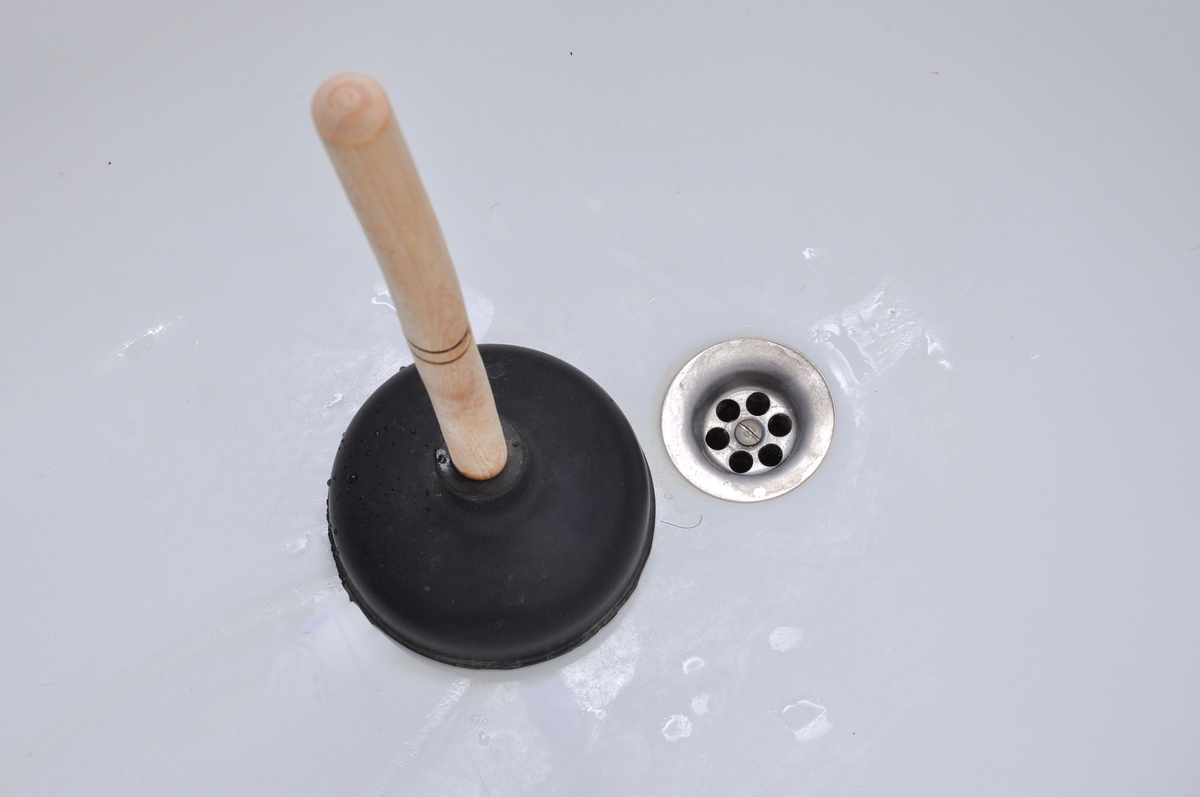

Bathroom Accessories
How Do I Retrieve A Detached Plunger From A Bathtub Drain?
Modified: March 2, 2024
Learn how to retrieve a detached plunger from a bathtub drain with our expert tips and advice on bathroom accessories. Keep your plumbing in top shape!
(Many of the links in this article redirect to a specific reviewed product. Your purchase of these products through affiliate links helps to generate commission for Storables.com, at no extra cost. Learn more)
Introduction
Dealing with a detached plunger in a bathtub drain can be a frustrating and inconvenient situation. Whether it slipped off while you were attempting to unclog the drain or it became dislodged during regular use, retrieving a detached plunger requires careful attention and the right tools. This common household dilemma can disrupt your daily routine and cause unnecessary stress, but with the right approach, it can be resolved efficiently.
In this comprehensive guide, we will explore the step-by-step process of retrieving a detached plunger from a bathtub drain. Additionally, we will discuss alternative methods that can be employed if the primary approach does not yield the desired results. By following the instructions provided, you can effectively address this issue and restore the functionality of your bathtub drain without the need for professional assistance.
Understanding the problem and having the necessary tools and materials at your disposal are crucial for successfully retrieving a detached plunger. Whether you are a seasoned DIY enthusiast or a novice homeowner facing this challenge for the first time, this guide will equip you with the knowledge and confidence to tackle the issue head-on. Let's delve into the details and explore the practical solutions for resolving the predicament of a detached plunger in your bathtub drain.
Key Takeaways:
- Don’t panic if your plunger gets stuck in the bathtub drain! With the right tools and careful steps, you can retrieve it yourself and restore proper drainage without needing professional help.
- If your plunger is stuck, try using a plunger handle, flashlight, and protective gloves to carefully extract it. Alternative methods like a drain auger or professional assistance can also help solve the problem effectively.
Understanding the problem
When a plunger becomes detached from a bathtub drain, it can create a significant obstruction, impeding the flow of water and potentially causing drainage issues. This problem is commonly encountered in households, often resulting from the wear and tear of the plunger's suction cup or accidental dislodgment during use. The detached plunger can obstruct the drain, leading to slow drainage or complete blockage, which can be a source of frustration for homeowners.
The detached plunger may also pose a risk of further complications if not addressed promptly. It can accumulate hair, soap scum, and other debris, exacerbating the clogging issue and potentially causing water to back up in the bathtub. Additionally, the presence of a detached plunger in the drain can make it challenging to perform routine maintenance or unclogging procedures, further exacerbating the situation.
Understanding the nature of this problem is essential for devising an effective strategy to retrieve the detached plunger. It is important to approach the situation with patience and a clear understanding of the potential challenges involved. Factors such as the depth of the plunger within the drain, the type of drain mechanism, and the presence of any additional obstructions must be taken into account when formulating a retrieval plan.
Moreover, recognizing the importance of addressing this issue promptly is crucial in preventing further complications. Ignoring a detached plunger in the bathtub drain can lead to more severe clogging, potential damage to the drainage system, and increased inconvenience for household members.
By gaining a comprehensive understanding of the implications of a detached plunger in the bathtub drain, homeowners can approach the retrieval process with a sense of urgency and purpose. With the right tools and a clear plan of action, this common household issue can be effectively resolved, restoring the proper functionality of the bathtub drain and alleviating the associated inconveniences.
Tools and materials needed
Retrieving a detached plunger from a bathtub drain requires the use of specific tools and materials to facilitate the extraction process. By ensuring that you have the necessary items at your disposal, you can approach the task with confidence and increase the likelihood of a successful retrieval. Here are the essential tools and materials needed to address this common household predicament:
1. Plunger Handle or Rod:
A plunger handle or rod, preferably with a hook or gripping mechanism, is essential for reaching and extracting the detached plunger from the drain. The length of the handle should be sufficient to access the depth of the drain without causing damage to the plumbing system.
2. Flashlight:
A reliable flashlight is indispensable for illuminating the interior of the bathtub drain, allowing you to visually assess the position and condition of the detached plunger. Opt for a flashlight with a bright, focused beam to effectively navigate the confined space of the drain.
Read more: How Do You Remove The Drain From A Bathtub?
3. Pliers or Gripping Tool:
Having a pair of sturdy pliers or a specialized gripping tool is crucial for securely grasping the detached plunger once it is located within the drain. The tool should provide a firm grip to ensure successful extraction without causing damage to the plunger or the drain components.
4. Protective Gloves:
Wearing protective gloves is recommended to safeguard your hands during the retrieval process. Opt for durable, waterproof gloves that provide a secure grip and protect your skin from potential debris or contaminants within the drain.
5. Drain Auger or Snake (Optional):
In cases where the detached plunger is deeply lodged or obstructed within the drain, a drain auger or snake may be necessary to dislodge and retrieve the plunger. This specialized tool can navigate through the drain's curves and traps, facilitating the extraction process.
6. Bucket or Container:
Having a bucket or container on hand is practical for collecting any debris or water that may emerge during the retrieval process. This helps maintain a clean and organized work area while containing any residual water or waste from the drain.
Read more: How To Stop A Bathtub From Draining
7. Cleaning Solution (Optional):
Depending on the condition of the detached plunger and the interior of the drain, a mild cleaning solution or drain cleaner may be beneficial for sanitizing and deodorizing the drain after the plunger retrieval. This can help eliminate any lingering odors or residue within the drain.
By assembling these essential tools and materials, you can effectively prepare for the task of retrieving a detached plunger from a bathtub drain. With the right equipment at your disposal, you can approach the retrieval process methodically and increase the likelihood of a successful outcome, restoring the proper functionality of your bathtub drain.
Step-by-step guide to retrieve a detached plunger
-
Assess the Drain: Begin by visually inspecting the bathtub drain to determine the position and accessibility of the detached plunger. Use a flashlight to illuminate the interior of the drain, carefully examining the area for any visible obstructions or debris. Identify the depth at which the plunger is lodged and assess the condition of the surrounding drain components.
-
Prepare the Tools: Gather the necessary tools and materials, including a plunger handle or rod, flashlight, pliers or gripping tool, protective gloves, and a bucket or container. Ensure that the plunger handle or rod is equipped with a hook or gripping mechanism to facilitate the extraction process. Put on protective gloves to safeguard your hands during the retrieval procedure.
-
Insert the Plunger Handle: Carefully insert the plunger handle or rod into the drain, guiding it toward the location of the detached plunger. Exercise caution to avoid causing damage to the drain components while maneuvering the handle. Use the flashlight to assist in navigating the confined space of the drain and accurately positioning the plunger handle.
-
Locate and Grasp the Plunger: Once the plunger handle reaches the vicinity of the detached plunger, maneuver it to make contact with the plunger's surface. Utilize the hook or gripping mechanism to securely grasp the plunger, ensuring a firm and stable hold. Exercise patience and precision during this step to avoid dislodging the plunger further into the drain.
-
Gently Extract the Plunger: With a steady grip on the plunger, carefully retract the plunger handle or rod from the drain, bringing the detached plunger along with it. Apply consistent and controlled force to prevent the plunger from slipping or becoming lodged in the drain. Use the pliers or gripping tool if additional assistance is required to extract the plunger securely.
-
Inspect and Clean the Plunger: Once the detached plunger is successfully retrieved, inspect it for any damage or debris accumulation. Clean the plunger using a mild cleaning solution if necessary, ensuring that it is free from any residual contaminants. This step helps maintain the functionality and hygiene of the plunger for future use.
-
Test the Drainage: After removing the detached plunger, test the bathtub drainage to ensure that the flow is unobstructed and free from any residual debris. Run water through the drain and observe the drainage performance, confirming that the retrieval process has effectively restored the proper functionality of the bathtub drain.
By following this step-by-step guide, you can systematically retrieve a detached plunger from a bathtub drain, addressing the issue with precision and care. With the right tools and methodical approach, this common household predicament can be effectively resolved, allowing you to restore the optimal functionality of your bathtub drain without the need for professional intervention.
Alternative methods
In addition to the primary retrieval method outlined above, there are alternative approaches that can be employed to address the challenge of a detached plunger in a bathtub drain. These alternative methods offer additional strategies for retrieving the plunger, catering to varying scenarios and preferences. While the step-by-step guide provides a systematic approach, exploring alternative methods can offer flexibility and adaptability in resolving the issue.
1. Drain Auger or Snake:
If the detached plunger is deeply lodged within the drain or obstructed by other debris, utilizing a drain auger or snake can facilitate the retrieval process. This specialized tool is designed to navigate through the twists and turns of the drain, allowing for targeted extraction of the plunger. By carefully maneuvering the auger or snake, homeowners can dislodge the plunger and guide it toward the drain opening for retrieval. This method is particularly effective for addressing complex obstructions and reaching inaccessible areas within the drain.
Read more: How Do Bathtub Drains Work
2. Vacuum Suction:
Employing a vacuum with strong suction capabilities presents an alternative method for retrieving a detached plunger from a bathtub drain. By creating a seal between the vacuum nozzle and the plunger, homeowners can utilize the suction force to dislodge and extract the plunger from the drain. This approach leverages the power of suction to securely grasp the plunger, offering a non-invasive and efficient retrieval method. Care should be taken to ensure that the vacuum is suitable for handling debris and maintaining a secure seal during the extraction process.
3. Professional Assistance:
In instances where the detached plunger proves challenging to retrieve using DIY methods, seeking professional assistance from a plumber or drain specialist may be a viable alternative. Professional experts possess the knowledge, experience, and specialized tools to address complex drainage issues, including the retrieval of detached plungers. By enlisting the services of a professional, homeowners can benefit from expert guidance and efficient resolution of the problem, ensuring that the bathtub drain is restored to optimal functionality.
4. Chemical Dissolution:
For cases involving severe obstructions or accumulation of debris around the detached plunger, the application of a chemical dissolution agent can offer an alternative approach. Selective use of a drain cleaner or dissolving solution, following manufacturer guidelines, can help disintegrate and dislodge the obstructing materials, facilitating the retrieval of the plunger. This method is best suited for situations where the plunger is surrounded by hardened or stubborn debris, allowing for a gradual dissolution process to aid in its extraction.
By considering these alternative methods, homeowners can adapt their approach to retrieving a detached plunger based on the specific characteristics of the predicament. Each method offers unique advantages and considerations, providing a diverse toolkit for addressing the issue effectively. Whether opting for DIY retrieval techniques or seeking professional assistance, exploring alternative methods enhances the versatility and resourcefulness in resolving the challenge of a detached plunger in a bathtub drain.
Conclusion
In conclusion, the retrieval of a detached plunger from a bathtub drain is a manageable task that can be effectively addressed with the right tools, methods, and a systematic approach. By understanding the implications of a detached plunger and equipping oneself with the necessary tools and materials, homeowners can confidently navigate the retrieval process, restoring the proper functionality of the bathtub drain.
The step-by-step guide provided a comprehensive framework for retrieving a detached plunger, emphasizing the importance of careful assessment, precise maneuvering, and thorough inspection. By following the outlined steps, homeowners can systematically locate, grasp, and extract the detached plunger, ensuring a successful resolution of the issue. The inclusion of alternative methods further enhances the adaptability and flexibility in addressing this common household predicament, catering to varying scenarios and preferences.
Furthermore, the significance of prompt action in addressing a detached plunger cannot be overstated. Ignoring this issue can lead to exacerbated drainage problems, potential damage to the plumbing system, and increased inconvenience for household members. By approaching the retrieval process with a sense of urgency and purpose, homeowners can mitigate the potential complications associated with a detached plunger, restoring the optimal functionality of the bathtub drain.
The utilization of protective gloves, reliable tools, and optional cleaning solutions underscores the importance of safety, precision, and maintenance in the retrieval process. By prioritizing these considerations, homeowners can ensure a smooth and efficient retrieval experience while safeguarding the integrity of the drain components and the plunger itself.
Ultimately, the successful retrieval of a detached plunger from a bathtub drain empowers homeowners to address a common household challenge independently, without the need for professional intervention. By leveraging the insights and techniques outlined in this guide, individuals can confidently navigate the retrieval process, restore the proper functionality of the bathtub drain, and alleviate the associated inconveniences.
In essence, the retrieval of a detached plunger from a bathtub drain is a manageable endeavor that underscores the resourcefulness and capability of homeowners in addressing common household issues. With the right knowledge and tools at their disposal, individuals can effectively resolve this predicament, contributing to a functional and harmonious home environment.
Frequently Asked Questions about How Do I Retrieve A Detached Plunger From A Bathtub Drain?
Was this page helpful?
At Storables.com, we guarantee accurate and reliable information. Our content, validated by Expert Board Contributors, is crafted following stringent Editorial Policies. We're committed to providing you with well-researched, expert-backed insights for all your informational needs.
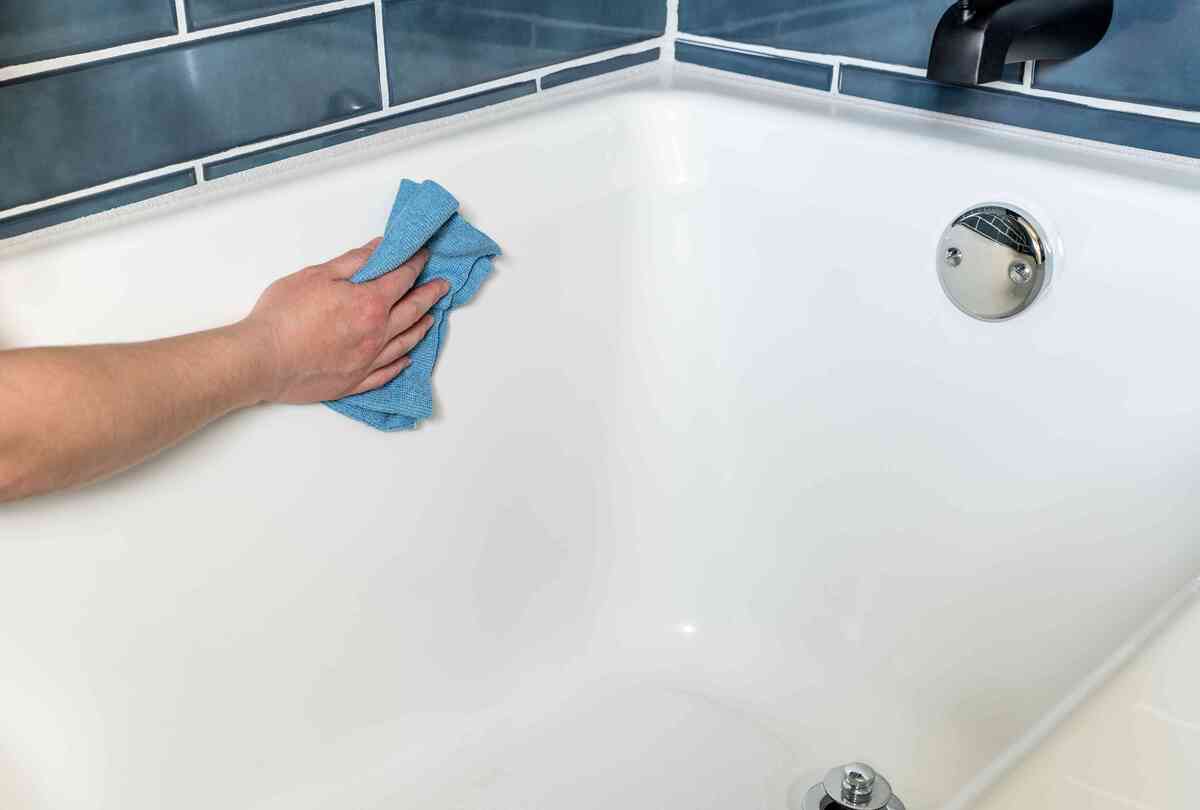

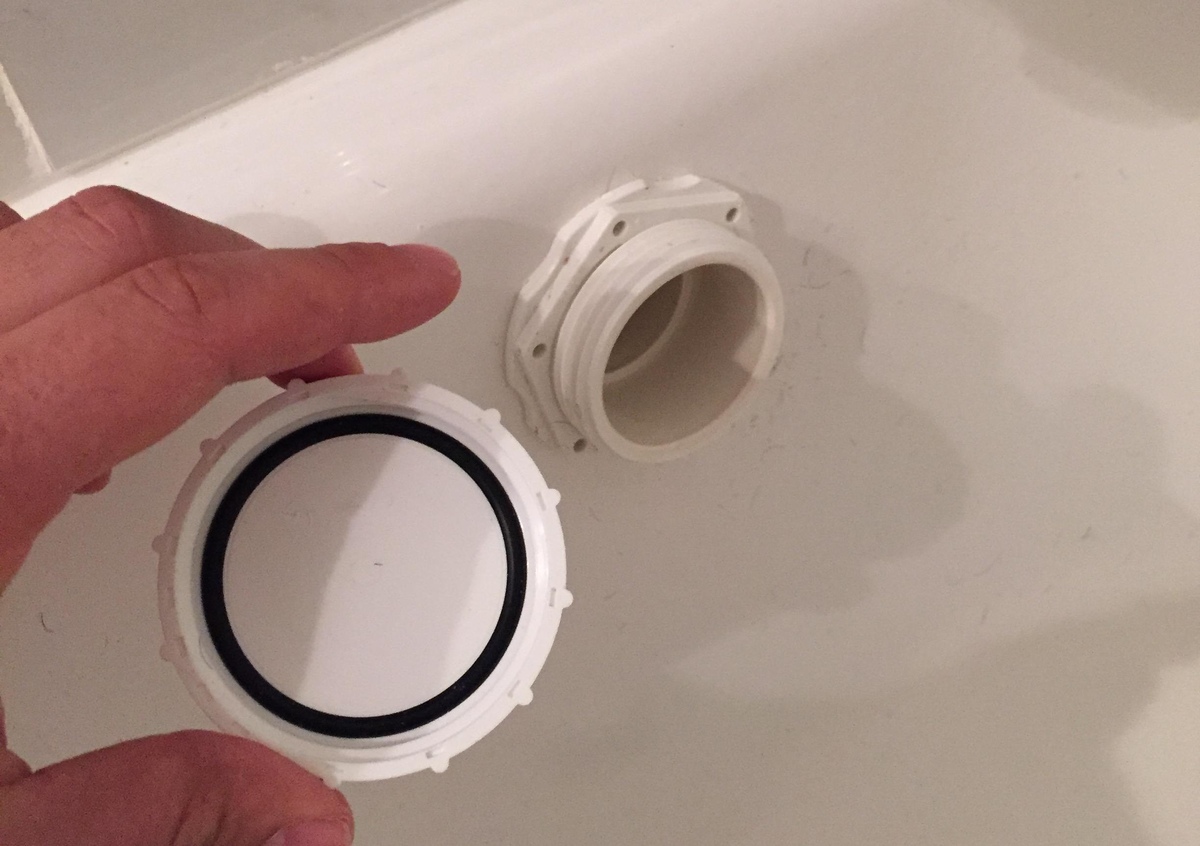
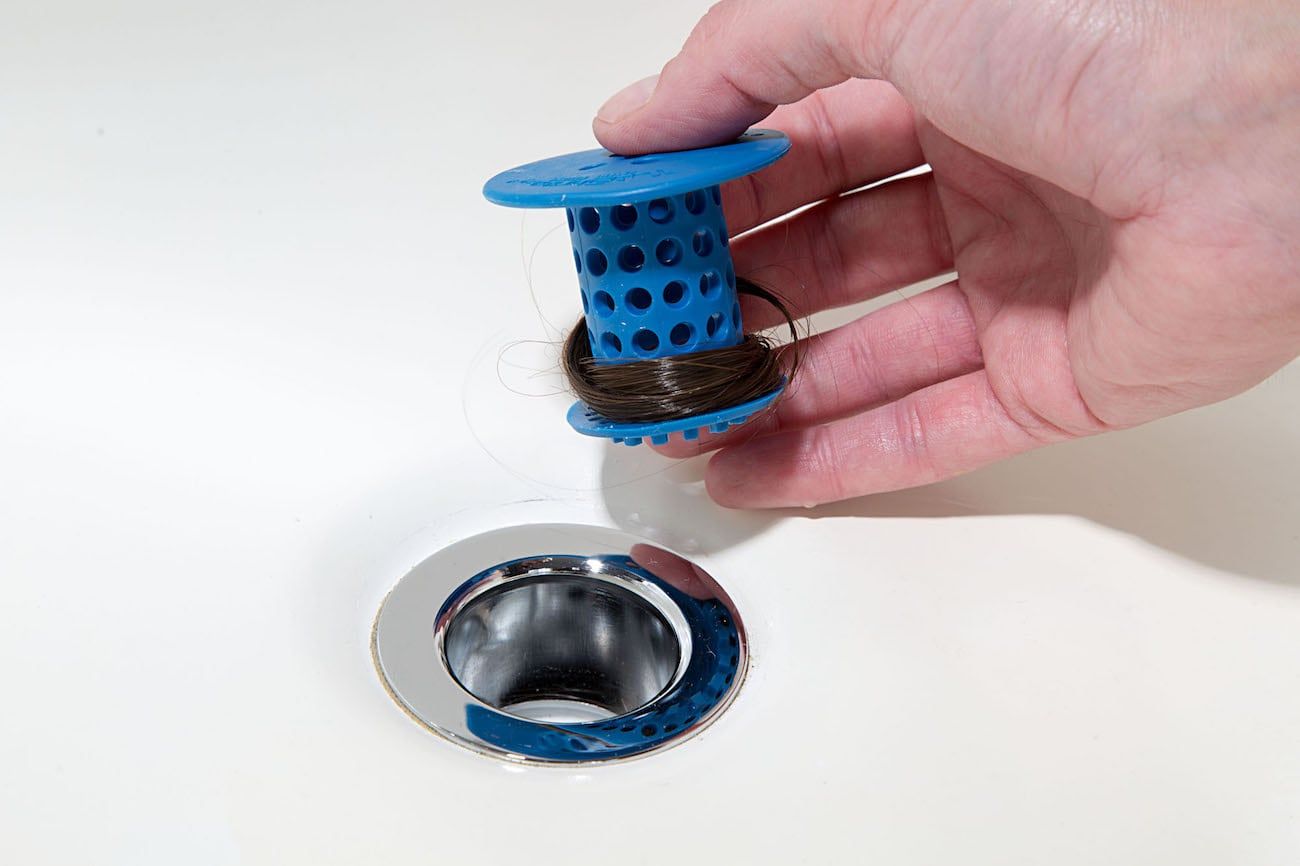
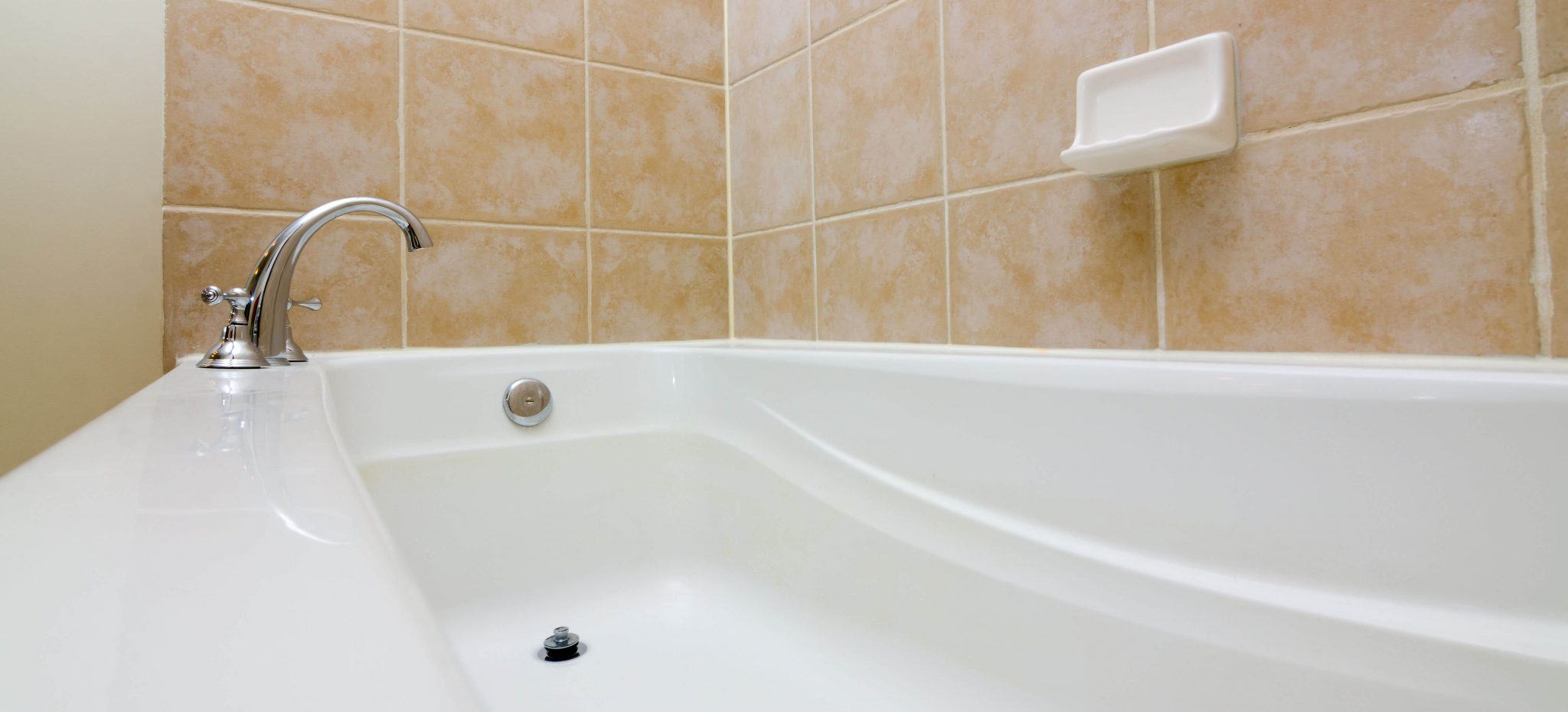
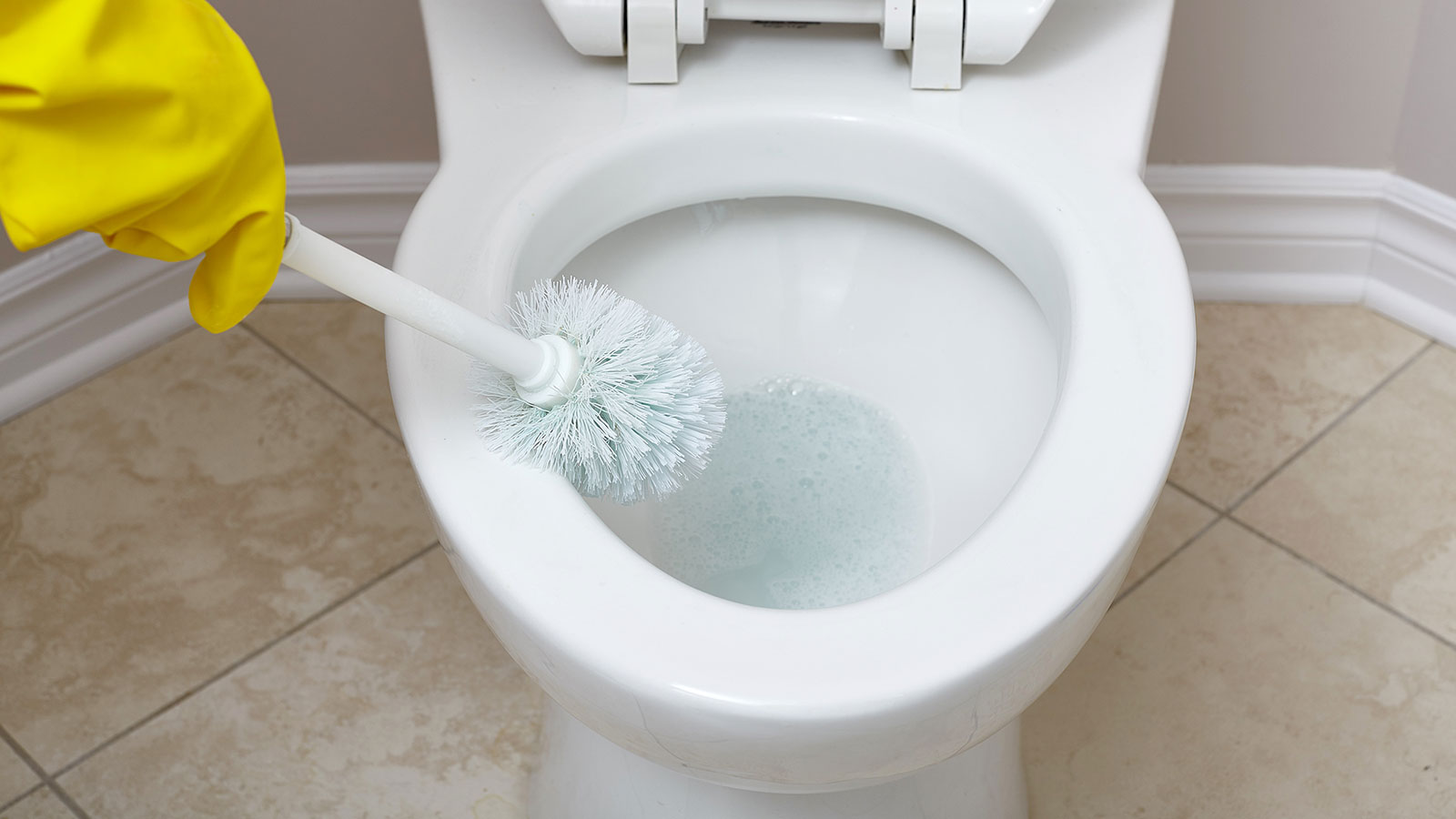
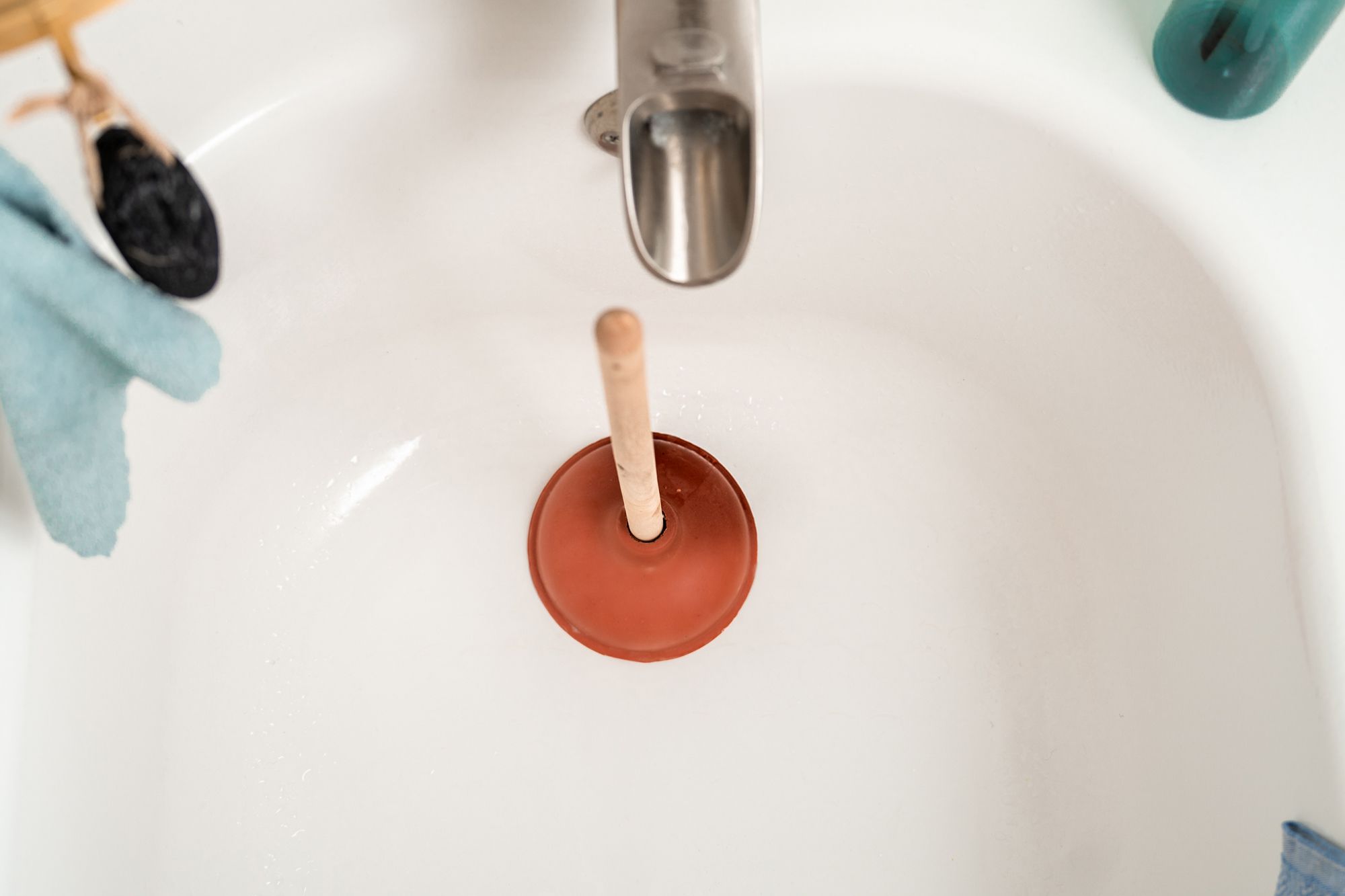
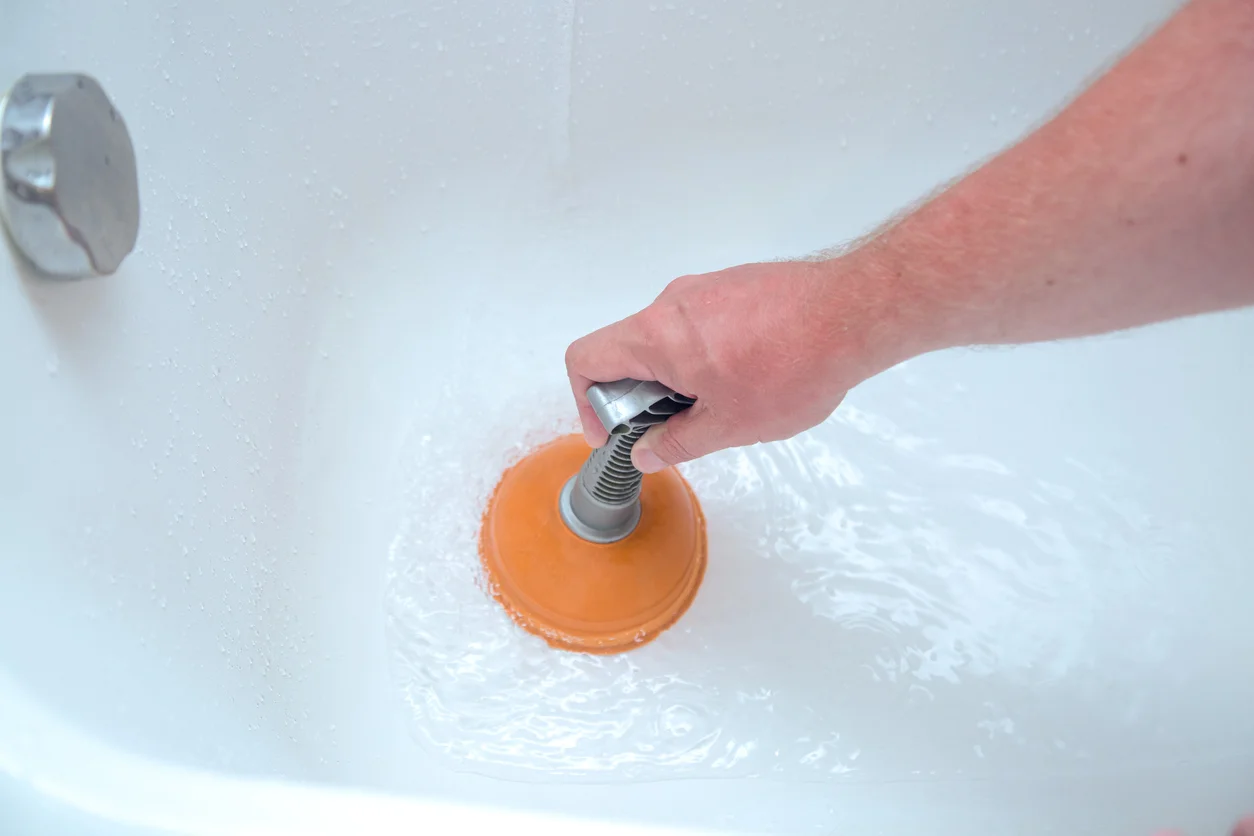
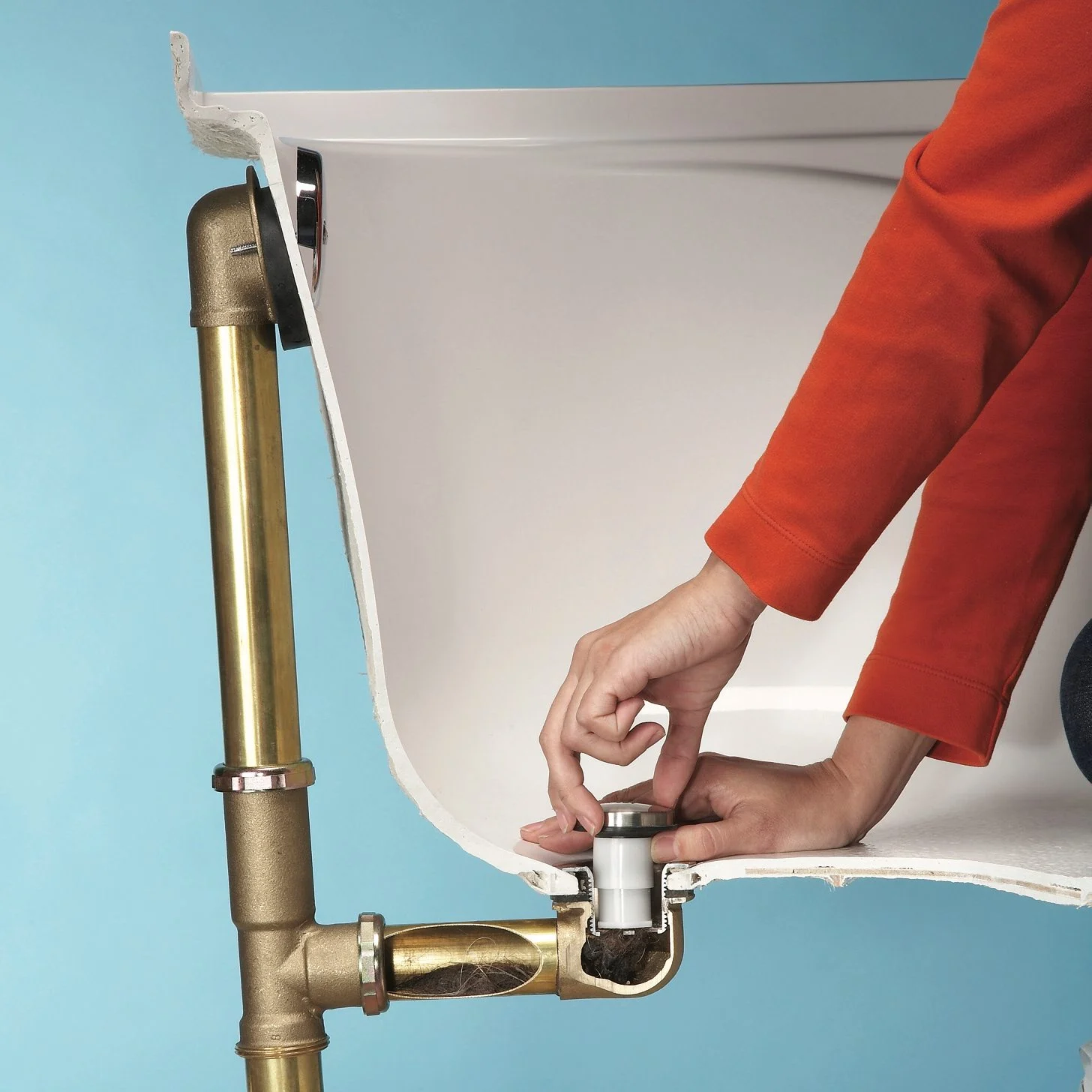
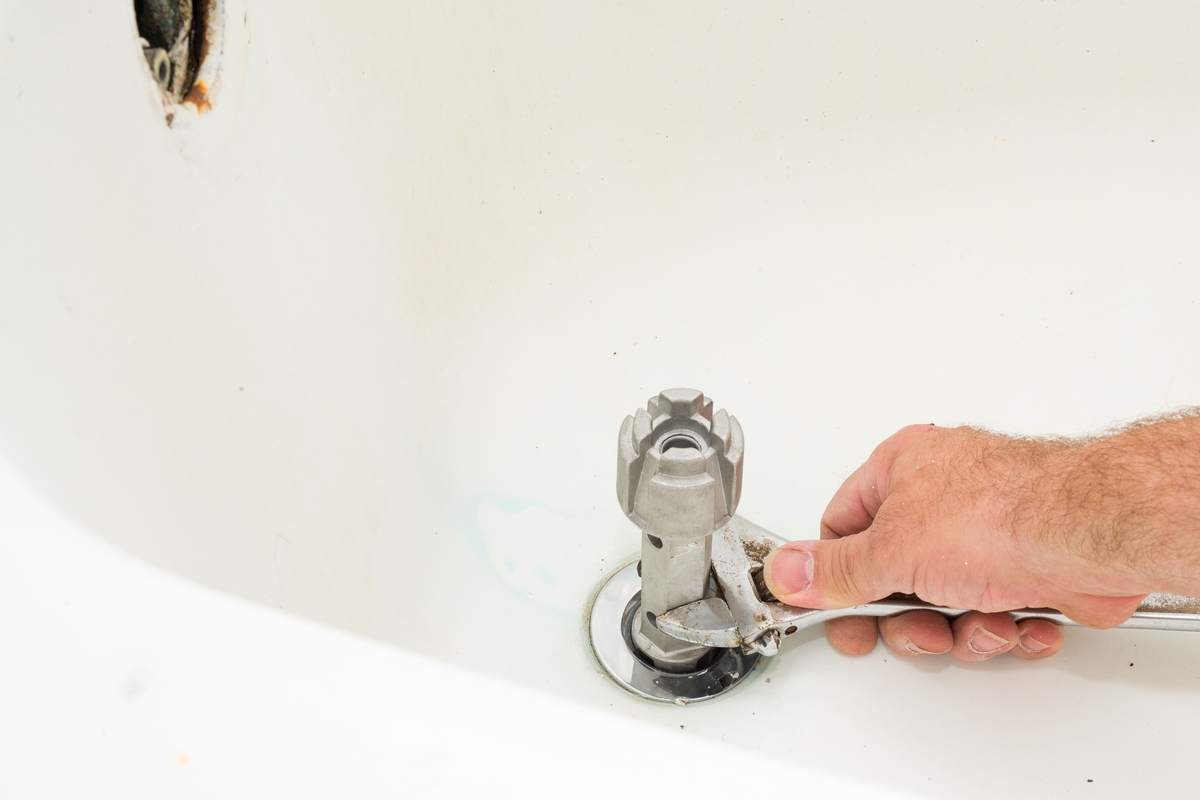
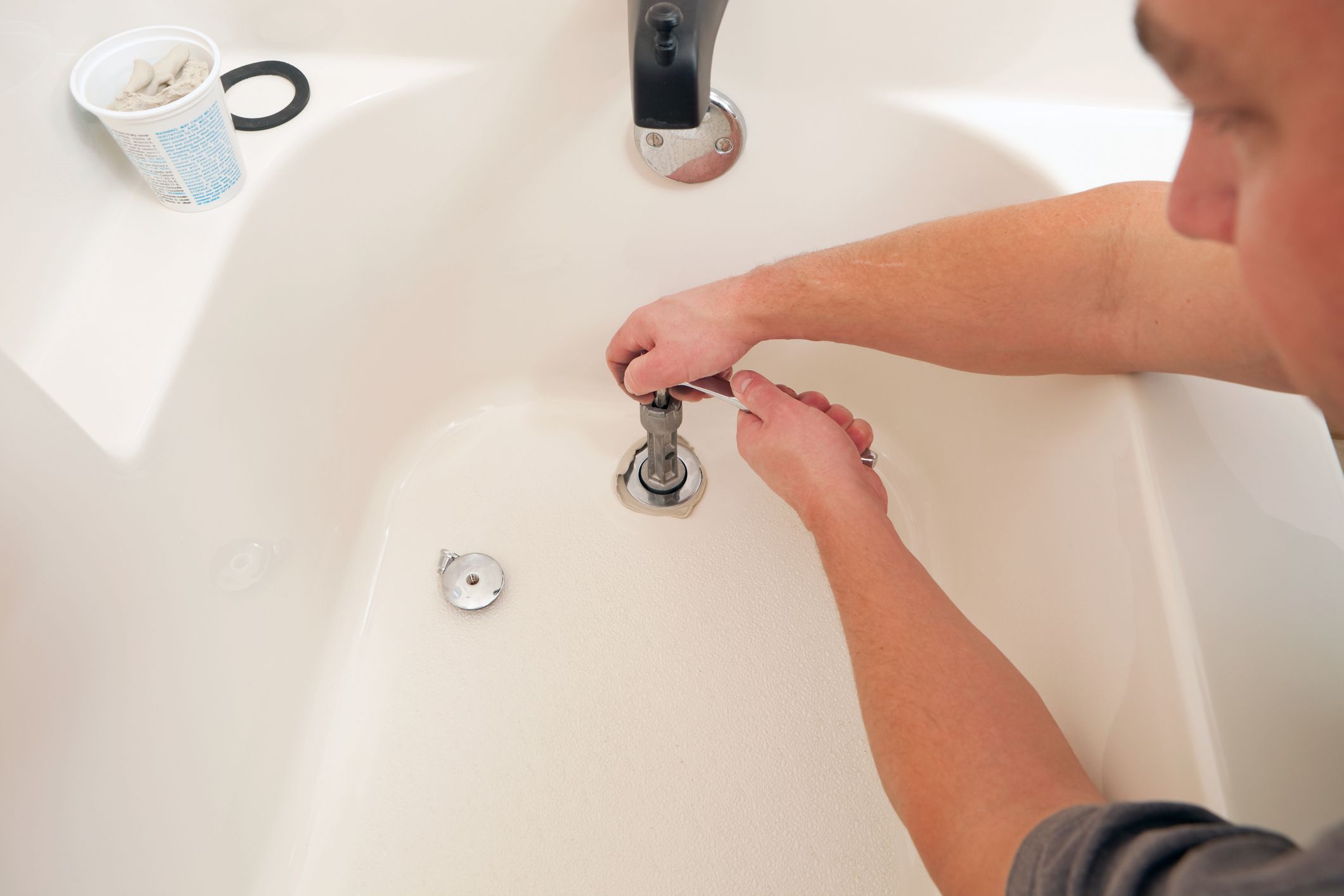
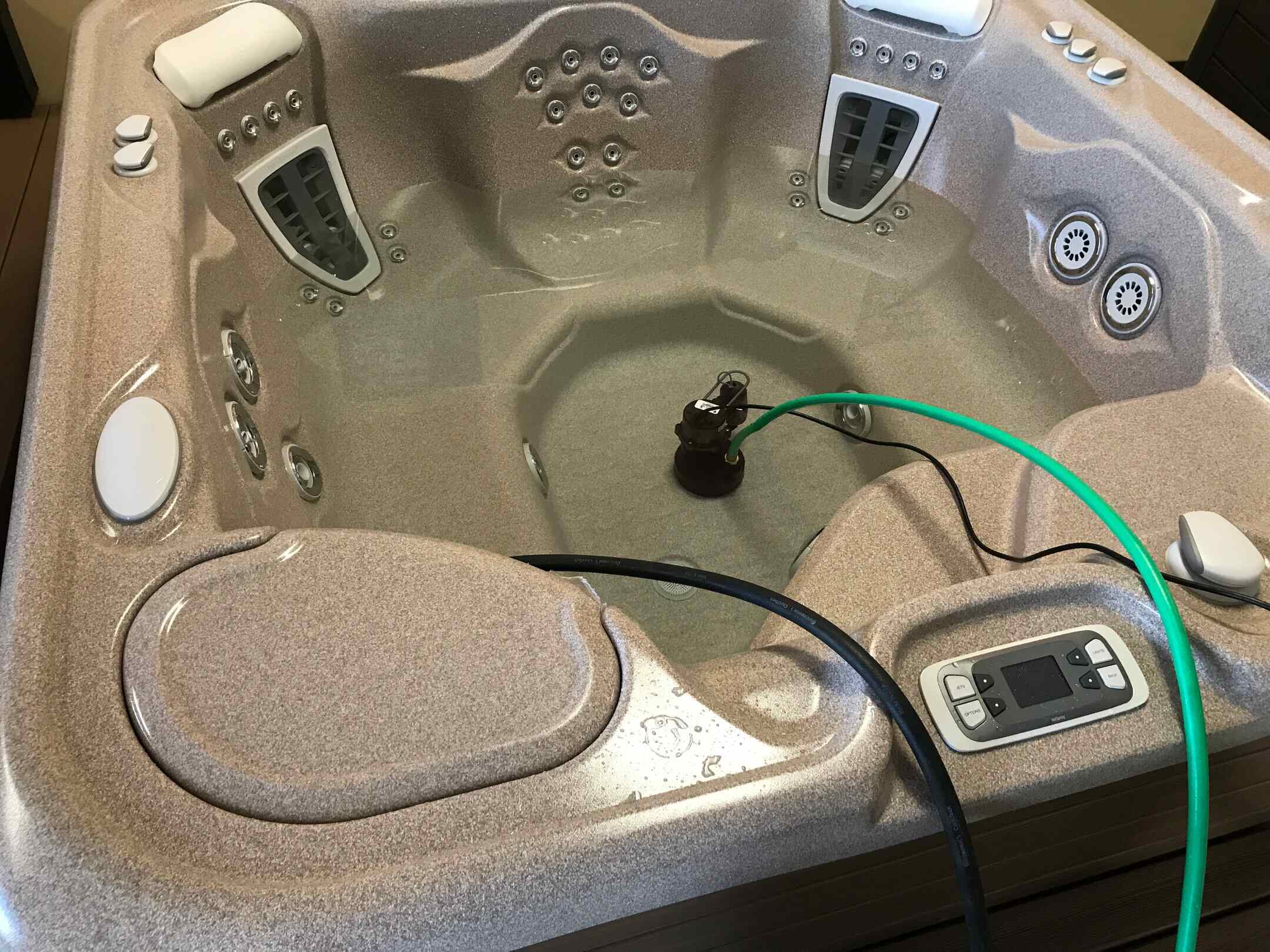

0 thoughts on “How Do I Retrieve A Detached Plunger From A Bathtub Drain?”